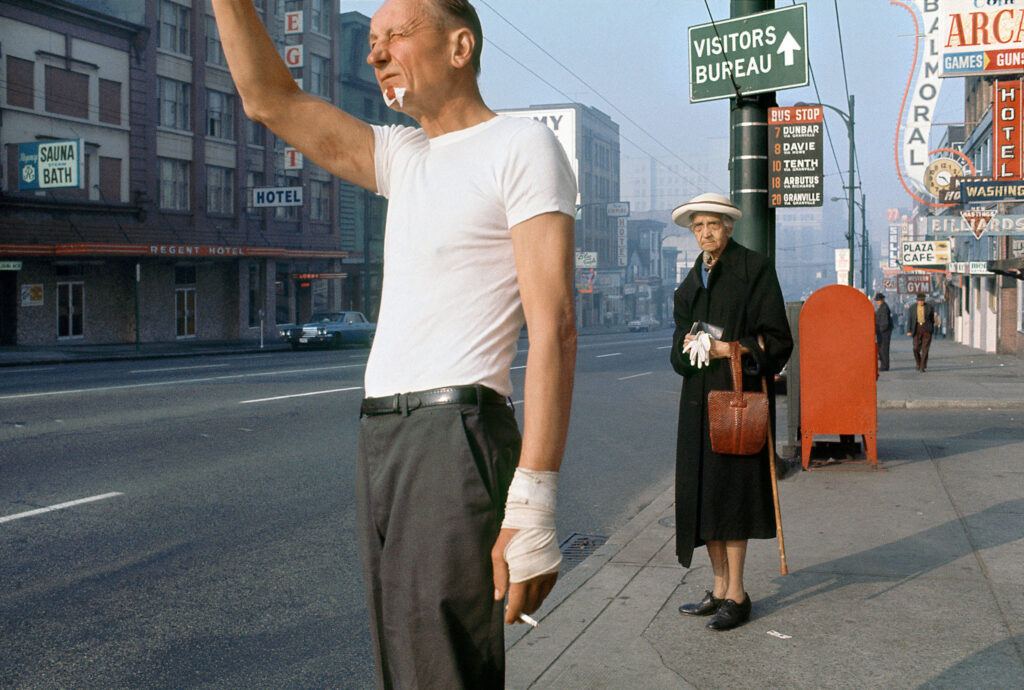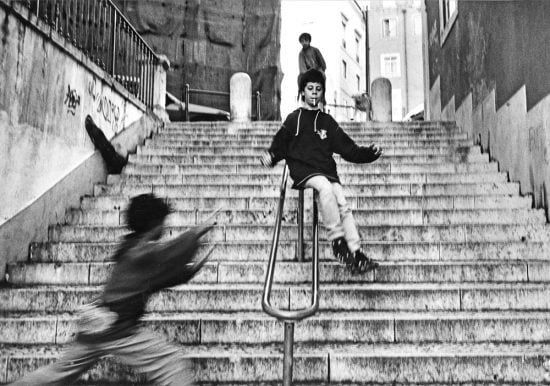Not known Facts About Street Photographers
Not known Facts About Street Photographers
Blog Article
The 3-Minute Rule for Street Photographers
Table of ContentsThe Ultimate Guide To Street PhotographersRumored Buzz on Street PhotographersThe Definitive Guide to Street PhotographersThe Best Guide To Street PhotographersThe Facts About Street Photographers Uncovered
Road photographers do not necessarily have a social purpose in mind, yet they like to separate and capture moments which could or else go undetected.Though he was affected by a lot of those who affected the street professional photographers of the 1950s and '60s, he was not chiefly thinking about catching the spirit of the street. The impulse to visually document individuals in public began with 19th-century painters such as Edgar Degas, douard Manet, and Henri de Toulouse-Lautrec, who worked side by side with professional photographers trying to record the essence of city life.

Given the great high quality of his pictures and the breadth of material, designers and musicians typically acquired Atget's prints to use as reference for their own job, though business passions were rarely his major motivation. Instead, he was driven to photograph every last residue of the Paris he liked. The mingled enthusiasm and necessity of his goal shine through, causing pictures that tell his very own experience of the city, top qualities that expected street photography of the 20th century.
Unknown Facts About Street Photographers
They reveal the city via his eyes. His work and essential understanding of digital photography as an art kind functioned as ideas to generations of photographers that adhered to. The following generation of street professional photographers, though they likely did not refer to themselves thus, was ushered in by the photojournalism of Hungarian-born professional photographer Andr Kertsz.
Unlike his peers, Brassa utilized a larger-format Voigtlnder camera with a much longer direct exposure time, compeling him to be a lot more calculated and thoughtful in his method than he might have been if making use of a Leica. (It is visit here believed that he may not have had the ability to manage a Leica during that time, but he did, nevertheless, make use of one in the late 1950s to take colour pictures.) Brassa's photos of the Paris abyss illuminated by man-made light were a revelation, and the collection of the series that he published, (1933 ), was a significant success.
Cartier-Bresson was a champ of the Leica camera and one of the very first photographers to maximize its capacities. The Leica allowed the professional photographer to connect with the surroundings and to catch moments as they happened - Street Photographers. Its relatively tiny size also helped the digital photographer fade into the background, which was Cartier-Bresson's recommended method
The Single Strategy To Use For Street Photographers
It is as a result of this fundamental understanding of the art of picture taking that he is commonly credited with uncovering the medium around once again roughly a century because its creation. He took photos for more than a half century and influenced generations of professional photographers to trust their eye and intuition in the moment.
These are the questions I will attempt to respond to: And then I'll leave you with my own interpretation of road photography. Yes, we do. Let's kick off with specifying what a meaning is: According to it is: "The act of defining, or of making something certain, distinct, or clear".
No, definitely not. The term is both restricting and misdirecting. Sounds like a road photography should be images of important source a roads best?! And all road professional photographers, besides a handful of absolute novices, will fully value that a road is not the essential part to street photography, and actually if it's a photo of a street with perhaps a couple of dull individuals doing nothing of passion, that's not street photography that's a picture of a road.
He makes a valid factor don't you believe? While I concur with him I'm not sure "candid public digital photography" will certainly catch on have a peek at these guys (although I do kind of like the term "candid digital photography") due to the fact that "road photography" has actually been around for a lengthy time, with many masters' names affixed to it, so I believe the term is below to remain.
The Buzz on Street Photographers
You can fire at the beach, at an event, in a street, in a park, in a piazza, in a coffee shop, at a museum or art gallery, in a city terminal, at an event, on a bridge, under a bridge ...
Yes, I'm afraid we scared no choice! Without regulations we can not have a definition, and without a definition we do not have a style, and without a category we do not have anything to specify what we do, and so we are stuck in a "guidelines interpretation category" loophole! - Street Photographers
Street Photographers - The Facts

Report this page